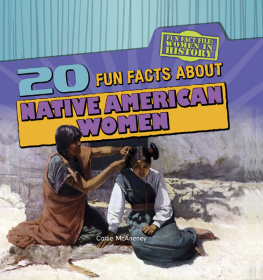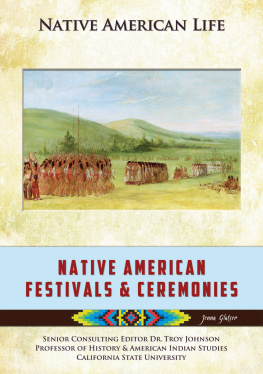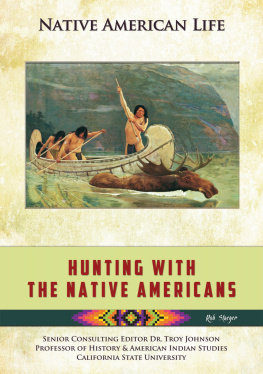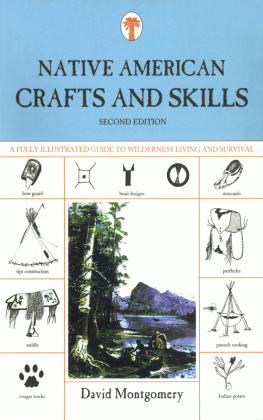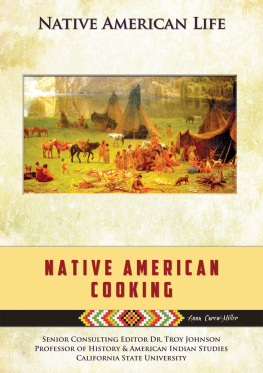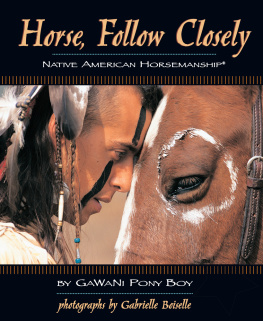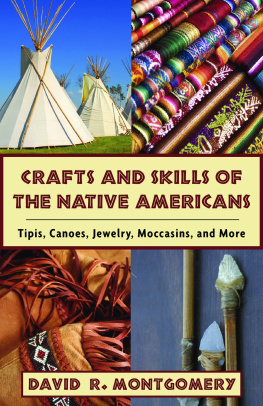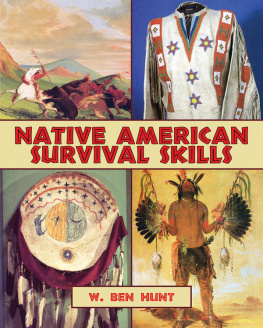NATIVE AMERICAN HORSEMANSHIP
Clarissa Aykroyd

NATIVE AMERICAN LIFE
E UROPEANS AND N ATIVE A MERICANS
H OMES OF THE N ATIVE A MERICANS
H UNTING WITH THE N ATIVE A MERICANS
N ATIVE A MERICAN C ONFEDERACIES
N ATIVE A MERICAN C OOKING
N ATIVE A MERICAN F AMILY L IFE
N ATIVE A MERICAN F ESTIVALS AND C EREMONIES
N ATIVE A MERICAN H ORSEMANSHIP
N ATIVE A MERICAN L ANGUAGES
N ATIVE A MERICAN M EDICINE
N ATIVE A MERICAN R ELIGIONS
N ATIVE A MERICAN R IVALRIES
N ATIVE A MERICAN S PORTS AND G AMES
N ATIVE A MERICAN T OOLS AND W EAPONS
W HAT THE N ATIVE A MERICANS W ORE
NATIVE AMERICAN HORSEMANSHIP
Clarissa Aykroyd

A Crow chief rides confidently along the range carrying his spear in this painting by Charles M. Russell.
SENIOR CONSULTING EDITOR DR. TROY JOHNSON
PROFESSOR OF HISTORY AND AMERICAN INDIAN STUDIES
CALIFORNIA STATE UNIVERSITY

 | Mason Crest
450 Parkway Drive, Suite D
Broomall, PA 19008
www.masoncrest.com |
2014 by Mason Crest, an imprint of National Highlights, Inc.
All rights reserved. No part of this publication may be reproduced or transmitted in any form or by any means, electronic or mechanical, including photocopying, recording, taping, or any information storage and retrieval system, without permission from the publisher.
Printed and bound in the United States of America.
CPSIA Compliance Information: Batch #NAR2013. For further information, contact Mason Crest at 1-866-MCP-Book
First printing
1 3 5 7 9 8 6 4 2
Library of Congress Cataloging-in-Publication Data
Aykroyd, Clarissa.
Native American horsemanship / Clarissa Aykroyd.
pages cm. (Native American life)
Includes bibliographical references and index.
ISBN 978-1-4222-2971-2 (hc)
ISBN 978-1-4222-8858-0 (ebook)
1. HorsemanshipUnited StatesJuvenile literature. 2. Indians of North America
Domestic animalsJuvenile literature. I.Title.
E98.H55A95 2013
636.1083508997dc23
2013007468
Native American Life series ISBN: 978-1-4222-2963-7
TABLE OF CONTENTS
For hundreds of years the dominant image of the Native American has been that of a stoic warrior, often wearing a full-length eagle feather headdress, riding a horse in pursuit of the buffalo, or perhaps surrounding some unfortunate wagon train filled with innocent west-bound American settlers. Unfortunately there has been little written or made available to the general public to dispel this erroneous generalization. This misrepresentation has resulted in an image of Native people that has been translated into books, movies, and television programs that have done little to look deeply into the Native worldview, cosmology, and daily life. Not until the 1990 movie Dances With Wolves were native people portrayed as having a human persona. For the first time, native people could express humor, sorrow, love, hate, peace, and warfare. For the first time native people could express them selves in words other than ugh or Yes Kemo Sabe. This series has been written to provide a more accurate and encompassing journey into the world of the Native Americans.
When studying the native world of the Americas, it is extremely important to understand that there are few universals that apply across tribal boundaries. With over 500 Nations and 300 language groups the worlds of the Native Americans were diverse. The traditions of one group may or may not have been shared by neighboring groups. Sports, games, dance, subsistence patterns, clothing, and religion differedgreatly in some instances. And although nearly all native groups observed festivals and ceremonies necessary to insure the renewal of their worlds, these too varied greatly.
Of equal importance to the breaking down of old myopic and stereotypic images is that the authors in this series credit Native Americans with a sense of agency. Contrary to the views held by the Europeans who came to North and South America and established the United States, Canada, Mexico, and other nations, some Native American tribes had sophisticated political and governing structuresthat of the member nations of the Iroquois League, for example. Europeans at first denied that native people had religions but rather worshiped the devil, and demanded that Native Americans abandon their religions for the Christian worldview. The readers of this series will learn that native people had well-established religions, led by both men and women, long before the European invasion began in the 16th and 17th centuries.
Gender roles also come under scrutiny in this series. European settlers in the northeastern area of the present-day United States found it appalling that Native women were treated as drudges and forced to do the mens work in the agricultural fields. They failed to understand, as the reader will see, that among this group the women owned the fields and scheduled the harvests. Europeans also failed to understand that Iroquois men were diplomats and controlled over one million square miles of fur trapping area. While Iroquois men sat at the governing counsel, Iroquois clan matrons caucused with tribal members and told the men how to vote.
These are small examples of the material contained in this important series. The reader is encouraged to use the extended bibliographies provided with each book to expand his or her area of specific interest.
Dr. Troy Johnson
Professor of History and American Indian Studies
California State University

A Native American gazes over the plains from the back of his mount. Horses and the ability to ride well were very important to the Plains Indians.
Around the year 1750, anyone walking on the Great Plains of the central United States could have seen a Native American village from far off. The tribes of the Plains moved their villages of , tall pointed structures, with them as they followed the herds of buffalo across the land. The tepees were the most obvious feature of the native village. But if that observer decided to come closer, he or she might have noticed something else. In many ways, the Plains village was a village of horses.
The horses were somewhat small, but they were strong and fast. Some of them were kept in the village, tied with a rope to a peg outside a tepee, waiting to be mounted, or displaying a fine saddlecloth that one of the members of the tribe had recently made. The horses had a right to be in the village. They helped to move the tepees and all the peoples goods. However, the villages main herd was located some distance away, watched over by boys. They guarded the herd to prevent raiders from stealing their best horses. They also drove the horses to a place where they could drink. As the horses drank, the boys stroked the younger ones to get them used to humans.

Next page

